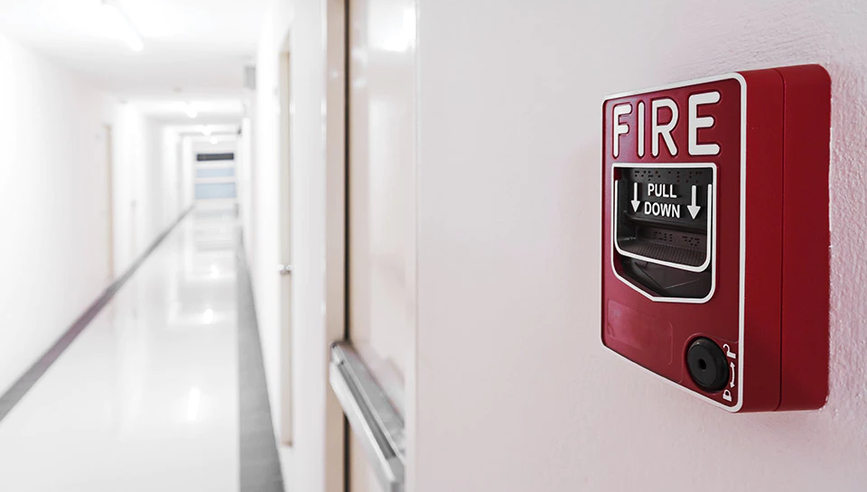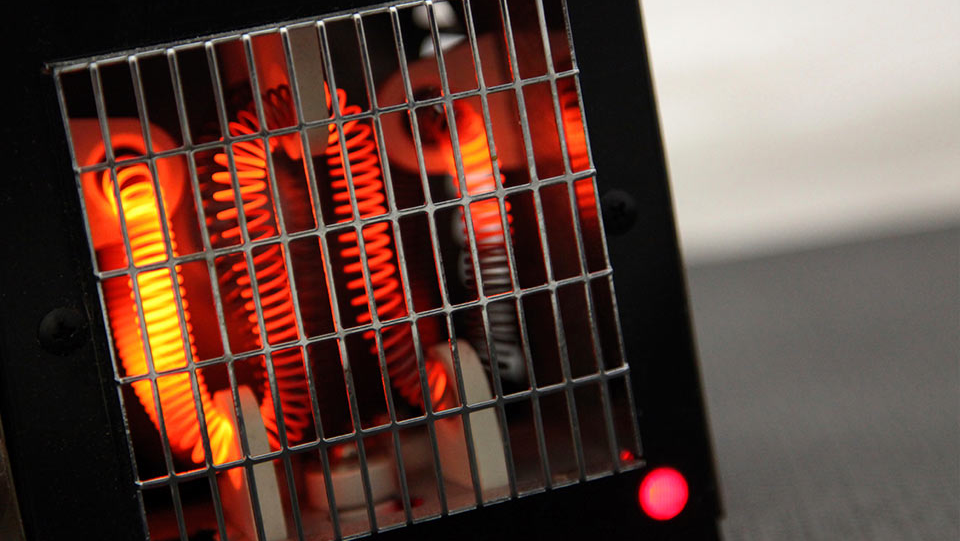Best Practices for Developing a Fire Safety Plan


Fires are usually unexpected and can be devastating. It is essential to have a fire safety plan in place. A comprehensive plan not only provides information regarding the procedures to follow in case of an emergency, but also informs your employees and occupants of your commitment to their safety.
Your fire safety plan should highlight emergency procedures to be used in case of a fire, including sounding the alarm, notifying the fire department and evacuating building occupants. All employees/occupants and managers should be aware of the plan and properly trained on the procedures in place. The time to learn safety procedures is not during an emergency.
Elements of your plan should include, but not be limited to:
- The appointment and organization of designated supervisory staff by position, with related duties and responsibilities during an emergency.
- Instructions for building occupants and staff on fire prevention methods and what to do in case of fire.
- The method of training supervisory staff for fire emergencies.
- The method and frequency of conducting fire drills.
- The control of fire hazards throughout the building.
- Detailed maintenance procedures for fire protection systems and building facilities.
- The identification of alternate fire safety measures in the event of a temporary shutdown of fire protection equipment or systems so that occupant safety can be maximized.
- Floor plans that feature the type, location and operation of fire protection systems, access for firefighting and all exit facilities.
- Detailed instructions for supervisory staff on the use of any emergency equipment, such as the voice communication system, the fire alarm system, smoke control system or emergency power supply system.
- Procedures for the use of elevators and the evacuation of building occupants requiring special assistance.
- Established procedures for assisting the fire department in accessing the building and locating the fire. For large facilities, it is recommended that floor plans showing exit locations be posted on each floor.
- An Accountability System that can account for all building occupants following an evacuation, including notification to the fire department of any missing occupants and their last known location.



